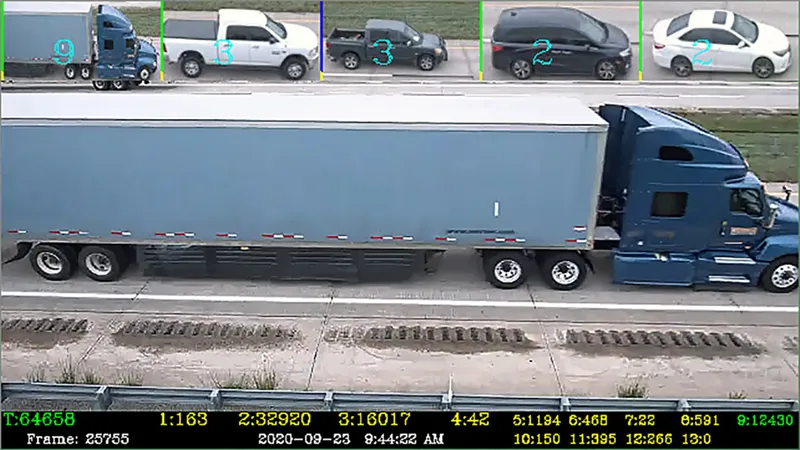Swiss company ECTN has developed a Traffic Information Collector (TIC) system based on laser scanners. 3D vehicle data is generated by positioning the lasers over each lane, to automatically classify vehicles. Up to 28 different vehicle classes are categorised into standard classification tables, such as TLS5+1, TLS8+1, Swiss 10.
February 1, 2012
Read time: 1 min

Swiss company 535 ECTN has developed a Traffic Information Collector (TIC) system based on laser scanners. 3D vehicle data is generated by positioning the lasers over each lane, to automatically classify vehicles. Up to 28 different vehicle classes are categorised into standard classification tables, such as TLS5+1, TLS8+1, Swiss 10. According to the company, the best classification accuracy (>99 per cent) is obtained by using two laser scanners per lane, but an alternative installation requires one scanner per two lanes.
The system is also a free-flow dimensioning system of vehicles measuring height, width, length and velocity in a speed range up to 250km/h. The resulting data can be used for traffic control, traffic management and security surveillance applications. The system is also available as a portable version that can be installed on a bridge or gantry over the road within minutes.
The system is also a free-flow dimensioning system of vehicles measuring height, width, length and velocity in a speed range up to 250km/h. The resulting data can be used for traffic control, traffic management and security surveillance applications. The system is also available as a portable version that can be installed on a bridge or gantry over the road within minutes.










